On the city skyline, the fully automatic sky imager is like an indefatigable "sky photographer", using a 220-degree ultra-wide-angle lens to record every frame of the clouds rolling and spreading. It is not merely a cold device; rather, it is like a visual bridge connecting the earth and the sky, transforming the unpredictable celestial phenomena into digital language that can be analyzed.
The most distinctive feature of the WX-TK2 fully automatic sky imager lies in its "panoramic gaze" capability. Traditional weather observation is limited by the perspective of the human eye, but it can simultaneously capture the movement of cloud systems in almost the entire hemisphere of the sky. When cumulonimbus clouds are brewing in the distance, the wide-angle lens has already recorded their formation trajectory. When the rosy dawn tints the sky red, the imager is analyzing the optical properties of the clouds. This all-round sky monitoring has upgraded weather forecasting from data speculation to an intuitive judgment based on "pictures and facts".
In modern meteorological services, such equipment is changing the way weather information is disseminated. Through Internet of Things (iot) technology, real-time sky images and meteorological data are transmitted synchronously, allowing meteorological experts to remotely observe changes in cloud conditions in different regions. At the airport control tower, it can help determine the moving direction of thunderstorm clouds. In photovoltaic power stations, it can provide intuitive basis for solar energy prediction. Even ordinary outdoor activity enthusiasts can get a preview of the real-time sky at their destination through shared cloud images.
The integration of intelligent technology has made these "sky painters" more understanding. Image recognition algorithms can automatically label cloud type classification, optical analysis can estimate cloud height, and time series images can also generate dynamic demonstrations of cloud system movement. During seasons when strong convective weather occurs frequently, such continuous sky records become precious materials for studying local climate characteristics.
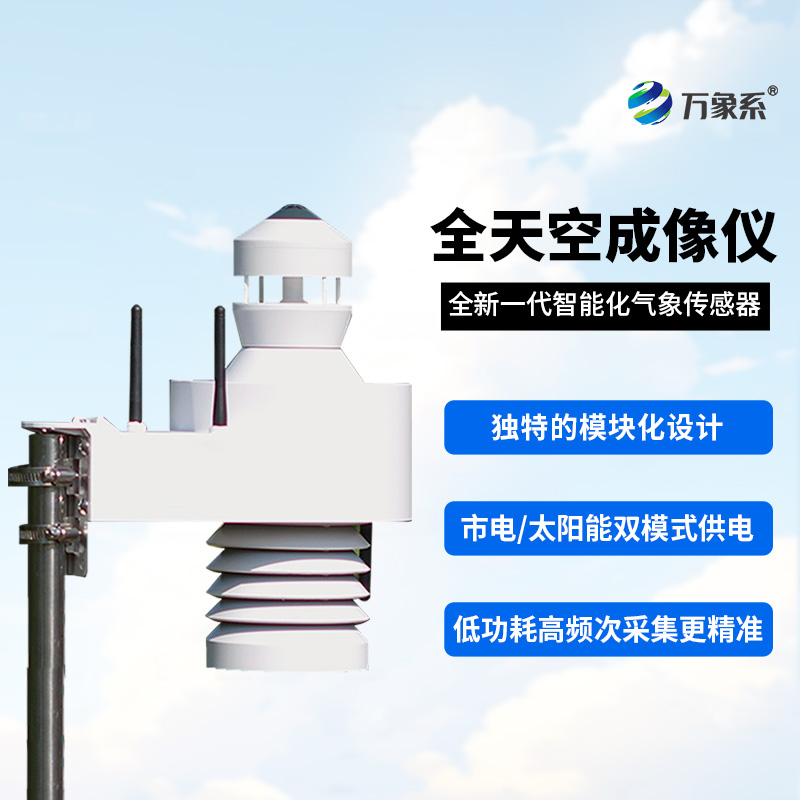
Article address:
http://www.qxhjjc.com/en/article/1708.html

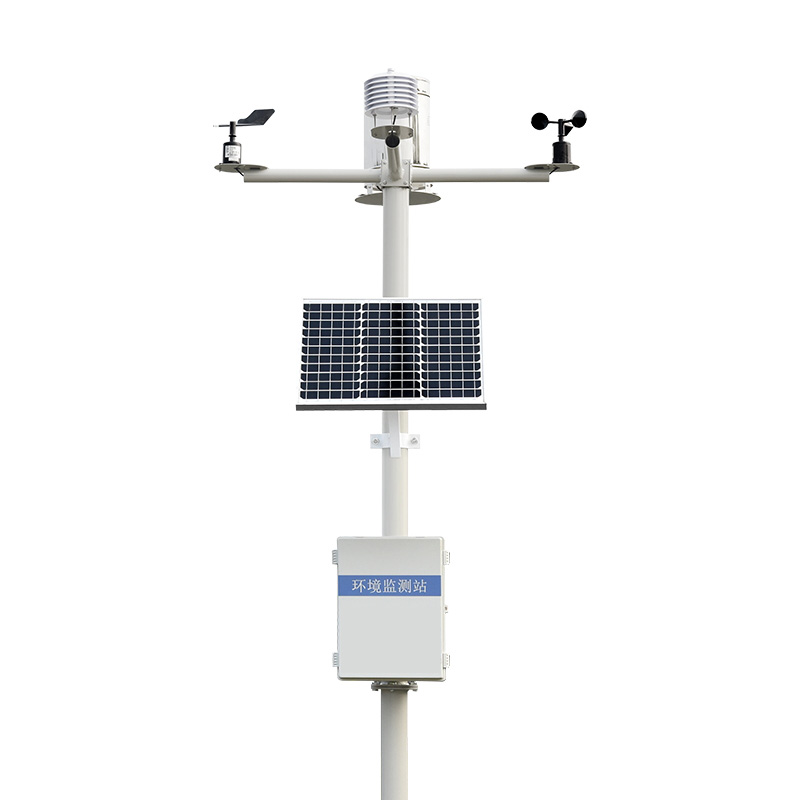
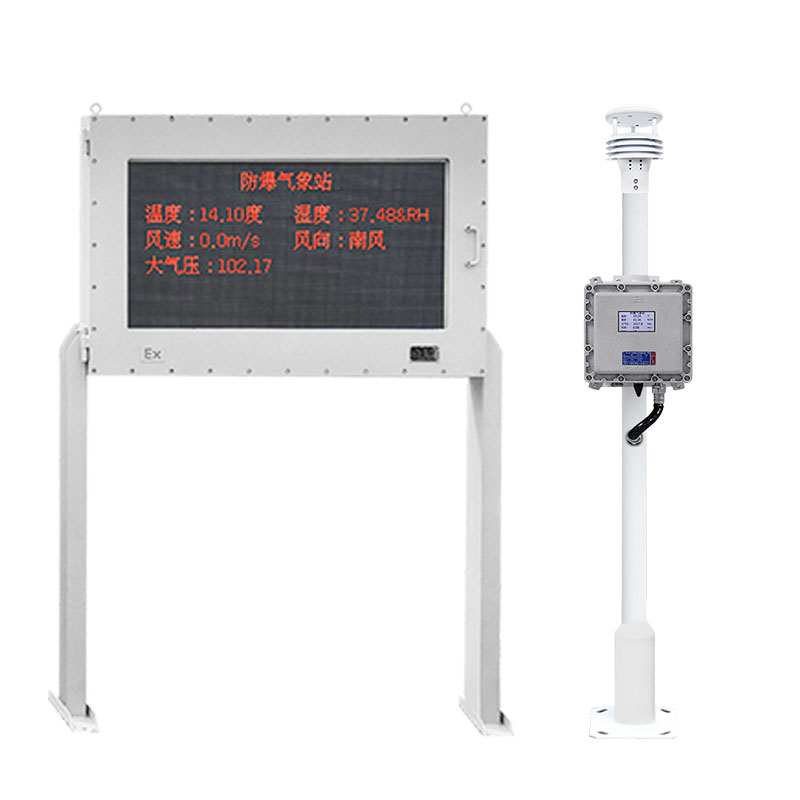
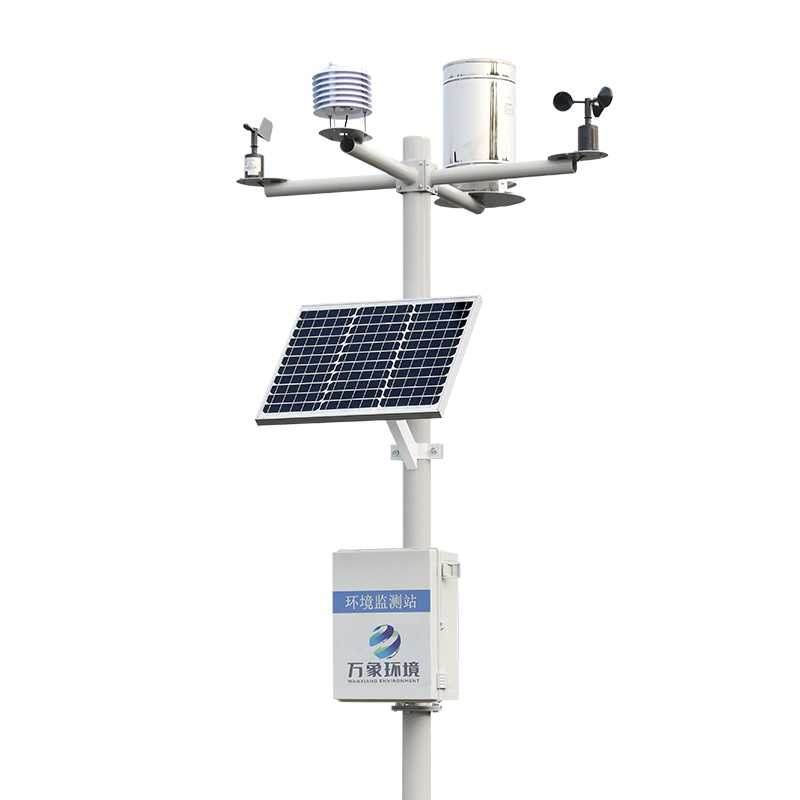
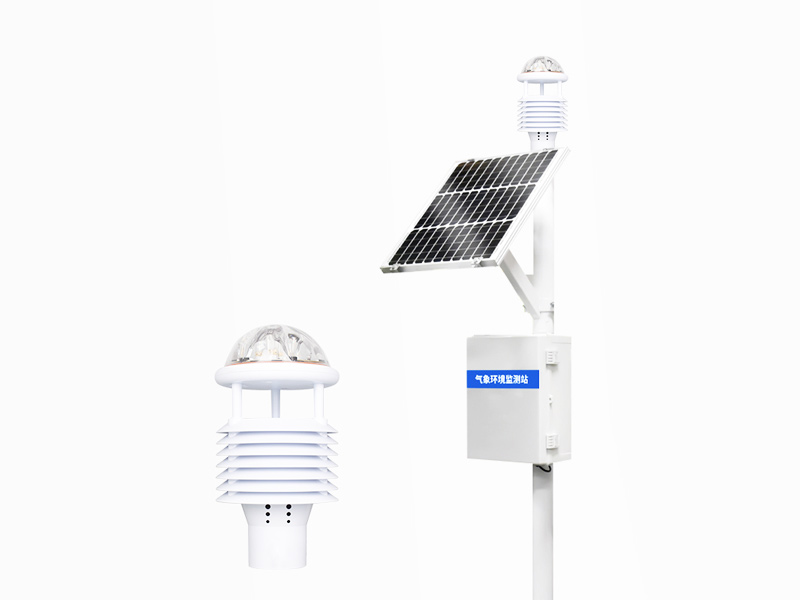
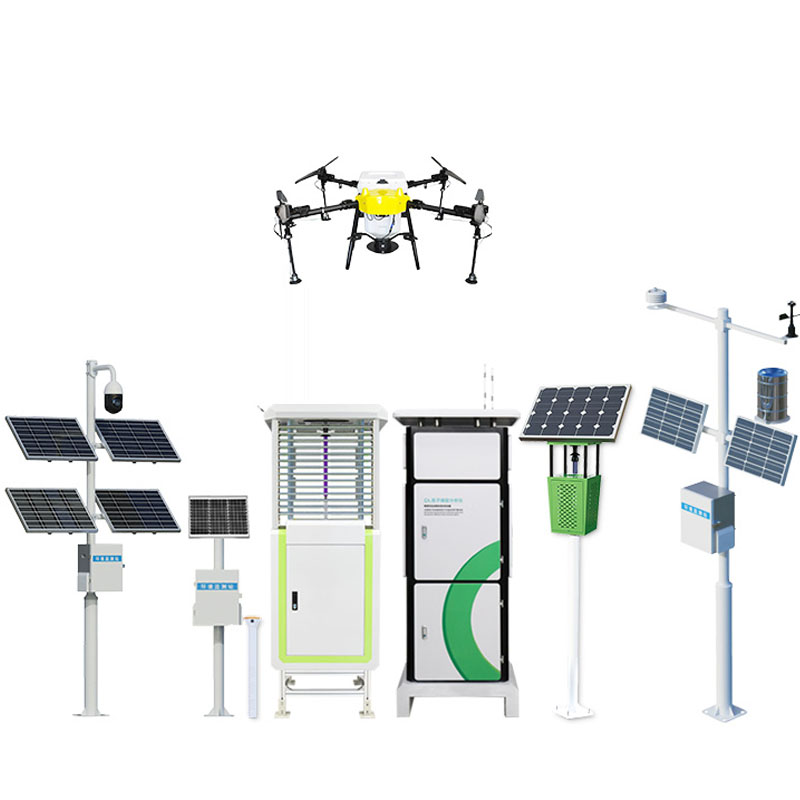







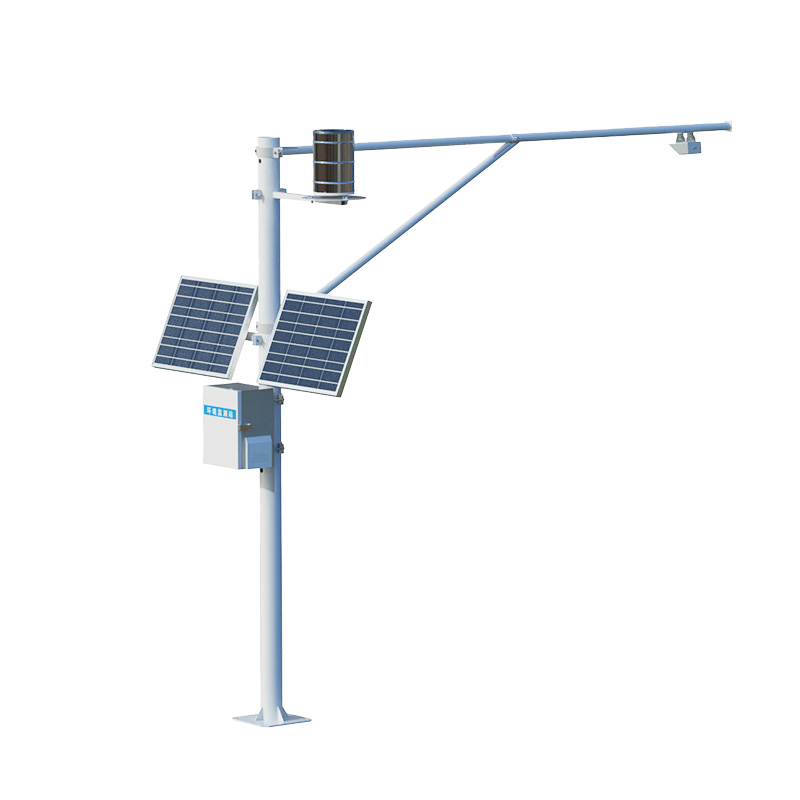
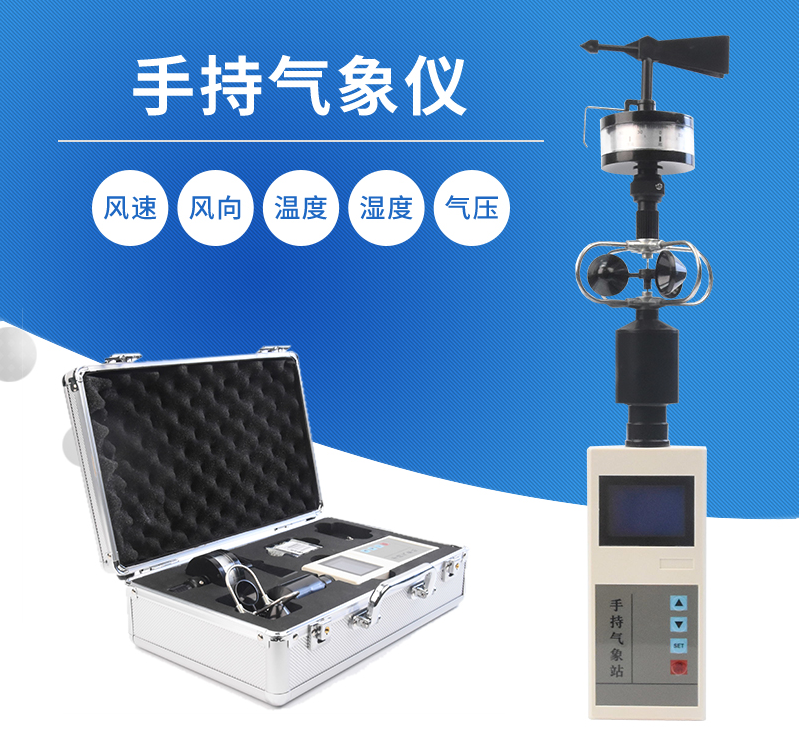
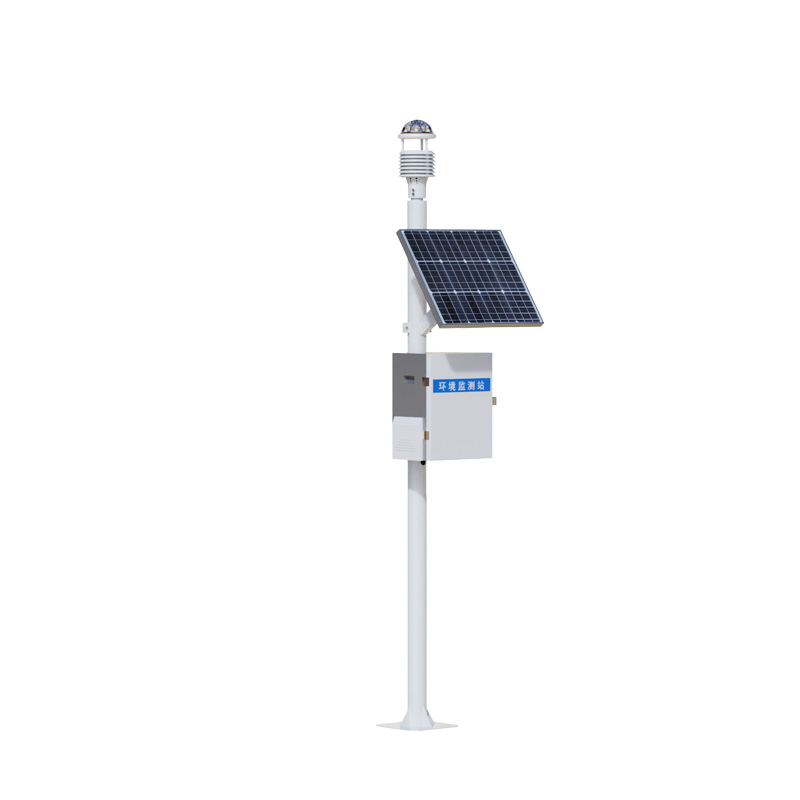


 Home
Home phone
phone Product Overview
Product Overview Contact Us
Contact Us